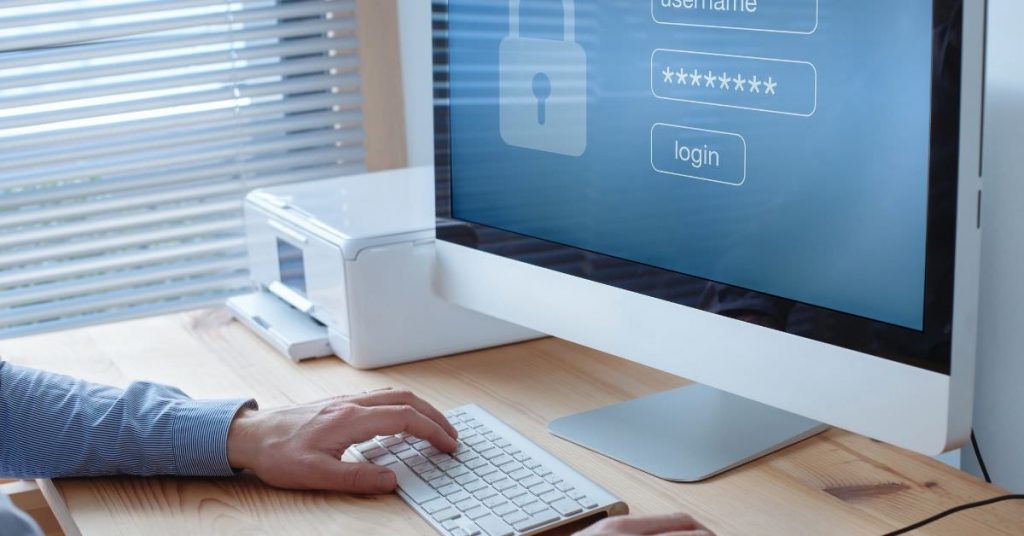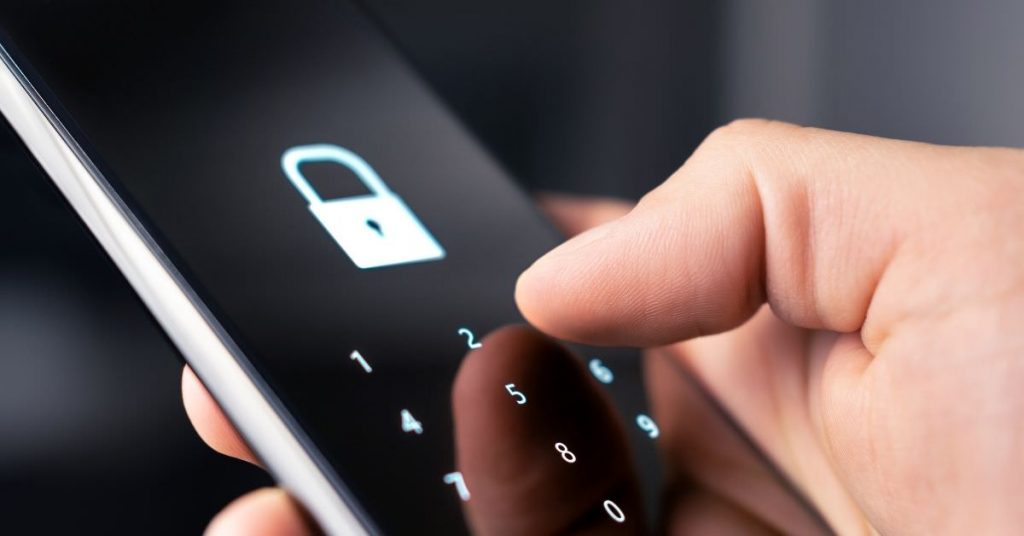
Keep kids safe online
When relaxing with some well-deserved time off, we spend more money and other resources on luxuries. These luxuries can include unwinding with online entertainment. During this relaxation time, we may be more relaxed about our kids spending time in front of a screen and online safety for kids becomes more important.
Screen time is why online safety for kids is of paramount importance. Please don’t assume the websites they visit, the web browsers they use, or the apps downloaded are always safe because they may not be.
Why online safety for kids is important
Just like keeping an eye on children by overseeing their activities at a public playground, those responsible for them must also supervise their online engagements.
Online supervision is keeping kids from harmful content, cyberbullying and negative influencers. The reality is that the worldwide web is a much larger playground than your local park, and there are more inherent risks attached.
Tips for keeping kids safe online
Don’t feel like a guilty parent who’s overprotective and stuck in the past. Remember, it’s not about trusting your kids; it’s about not trusting others online.
1. Essential solutions for online safety

An essential step in online safety for kids is password-protecting devices and apps. Make sure the password you use is set up correctly:
- Don’t use simple passwords like your name, ‘0000’, ‘password’ or ‘1234’. Make them hard for kids to guess but memorable for you. Don’t use the same password on all the devices.
- To create and manage more complex passwords, use a tool like 1 Password.
- Use any safety settings your web browser may have. On Google Chrome, for example, you can:
Navigate to settings, privacy and security, security.
This setting allows the customisation of online safety options and other security features.
2. Limit kids’ screen time
We are not here to tell you how to parent, but research suggests that the type of time spent on devices could hurt children. Online safety for kids is not only about watching and playing but more about what kids are watching and playing.
The research suggests that more social activities on devices, like online gaming with real friends from school, are better than simply consuming one show after the next.

Most devices, like Apple products, keep track of screen time. Look under your settings options on your smart devices for default screen time apps you can customise. Tech companies are trying their best to provide options for online safety for kids and we need to be aware of them.
For example, if you have an Apple Mac:
Click the Apple icon and system preferences and check if you have ‘family sharing’. You can control what kids can watch, listen to and download and for how long they can be on their device before it switches off.
3. Take control of website content

To take control of online content, start by setting up the default features available on the operating system you use. Microsoft and Apple, for example, have settings that users can uniquely apply for each family member across all devices.
For customisable and detailed content filtering, use third-party services like NetNanny. NetNanny is a paid-for-service that has loads of parental control features great for kids online safety.
4. Control of third party devices
Ensure you know what devices kids have access to while away from home. The tools recommended here can only supply information on accounts created on your devices. If users create accounts on some other device, you won’t be able to track those accounts.
5. Two-factor authentication is a good idea
If you want to pre-approve downloads of apps, movies, or music, create the passwords on kids’ devices yourself or set up two-factor authentication.

Two-factor authentication gives you pre-approval power over any content or app purchase. Credit cards loaded onto a platform like AppleTV can’t get used without your authentication. Authentication can happen either through biometrics, like a thumbprint, or using a pin sent to another device.
Monitoring smartphones and chat groups
If cloak and dagger is your style, you can monitor all sorts of things on kids’ devices like short messages, the social networks they frequent, email and much more. Online safety for kids isn’t just about browsing the web but about the devices they use too.

Some of the best-known tools for this is WebWatcher. Another excellent app is Bark. Bark allows you to create alert words like ‘alcohol’, and you get notified when an alert word is detected.
Some apps have built-in safety features like YouTube, which reminds kids to take a break from watching and has age-restriction settings. TikTok has a feature called Digital Wellbeing. This feature allows parents to manage their kids’ accounts from their phones.
Should my kid know I am monitoring their online activity?
When setting these safety features, have an open dialogue about them. Like driving a car for the first time, there needs to be a sense of responsibility. The internet gives kids access to the same things that adults have access to, but unlike at a nightclub, kids don’t need to show any ID at the door.


